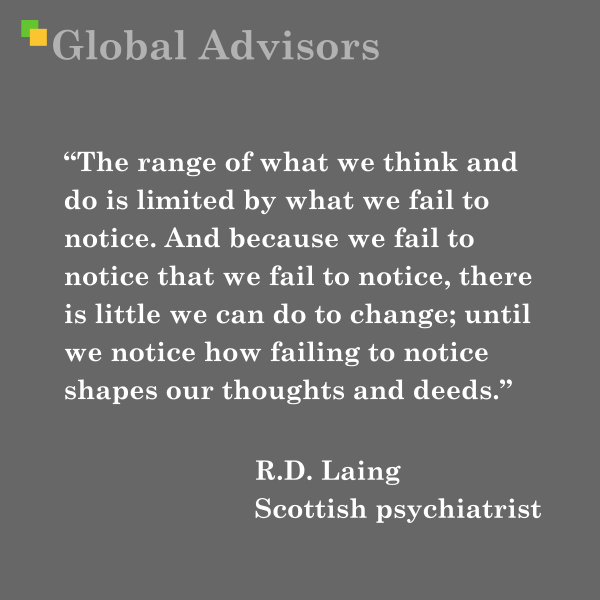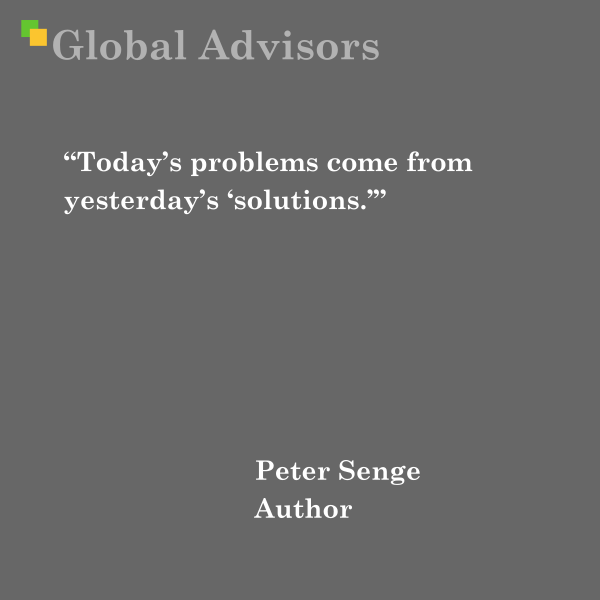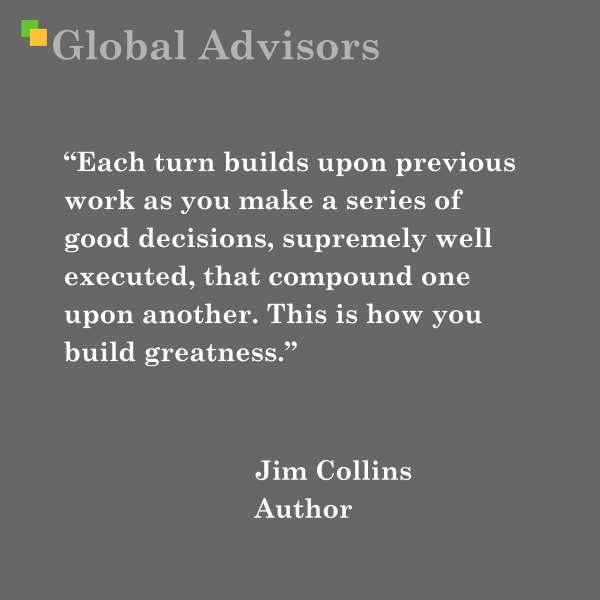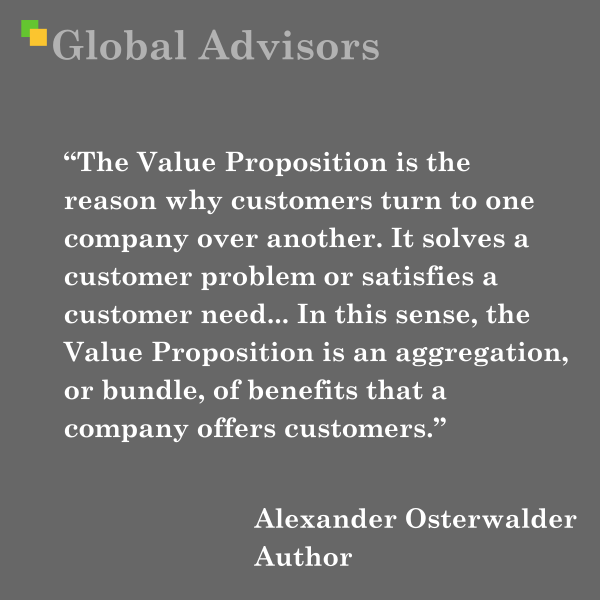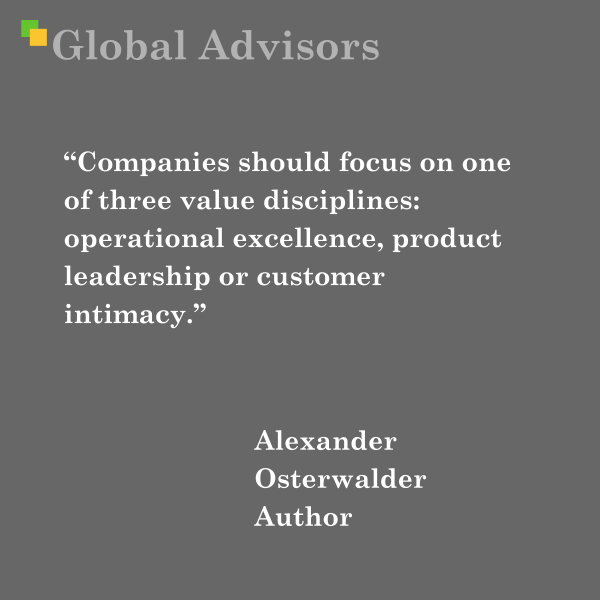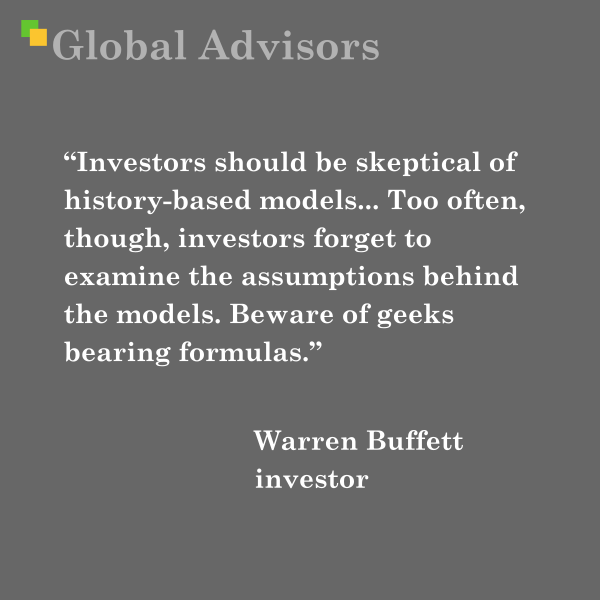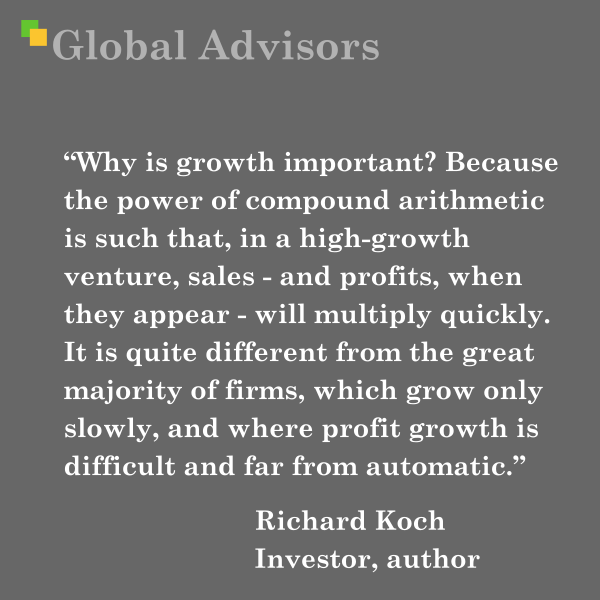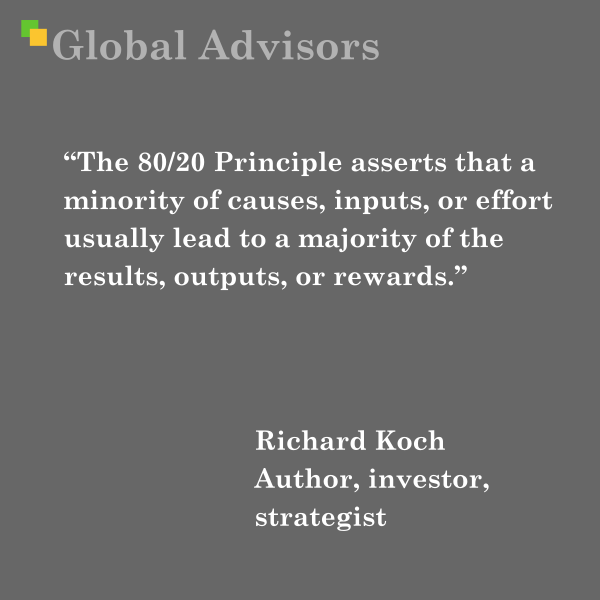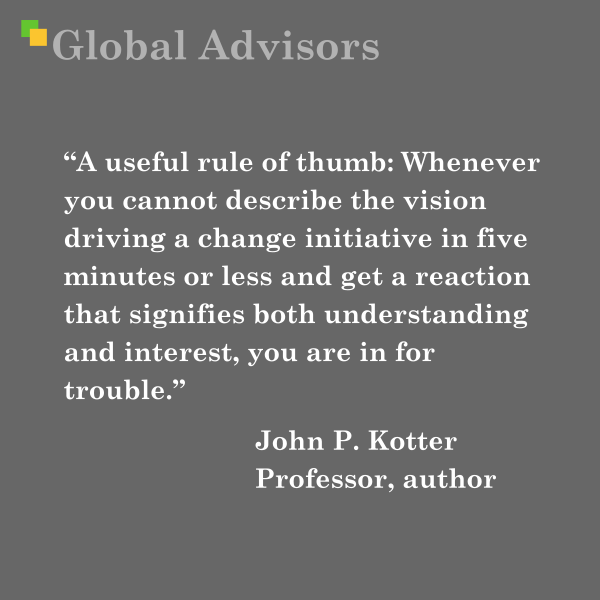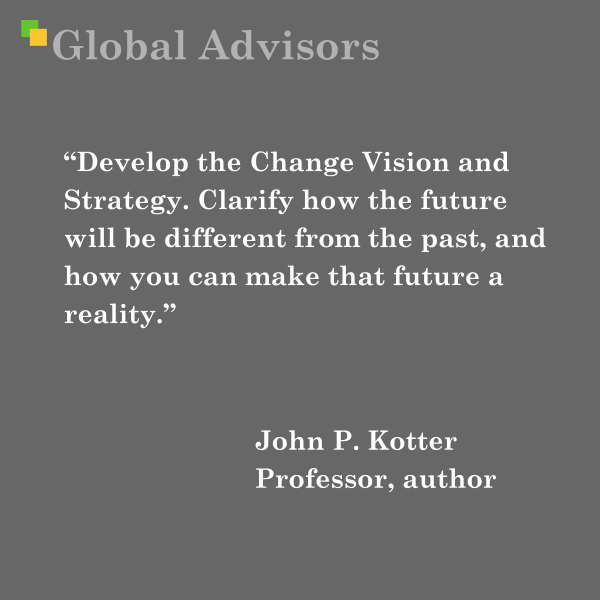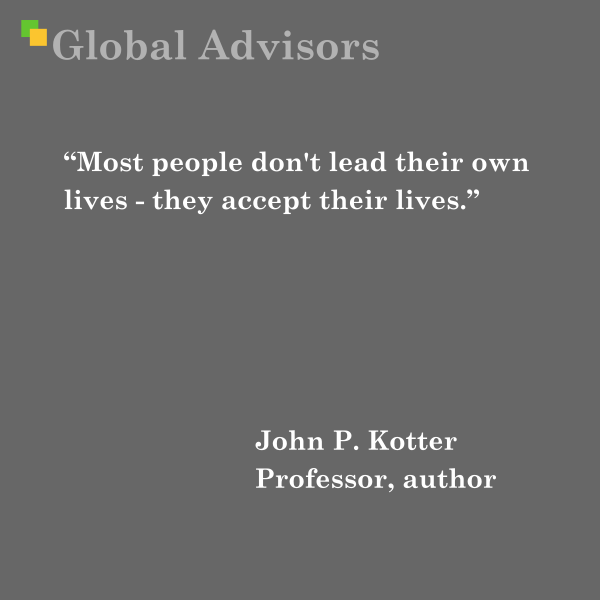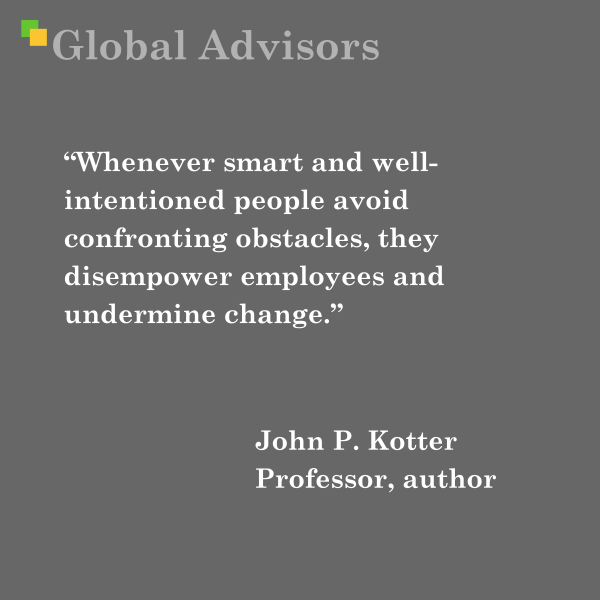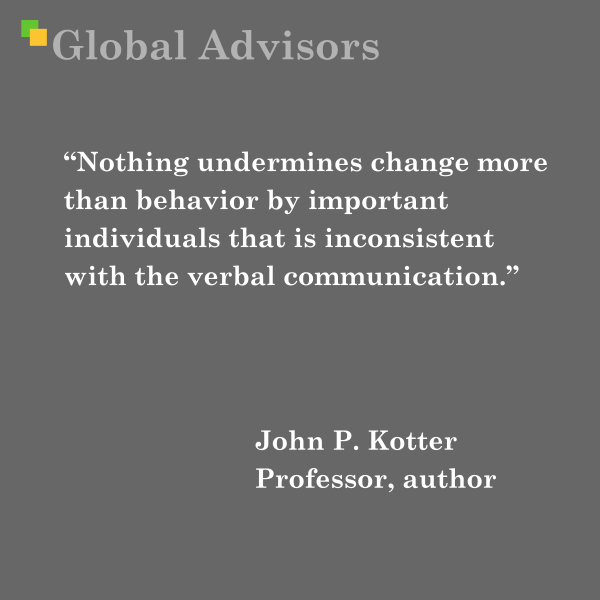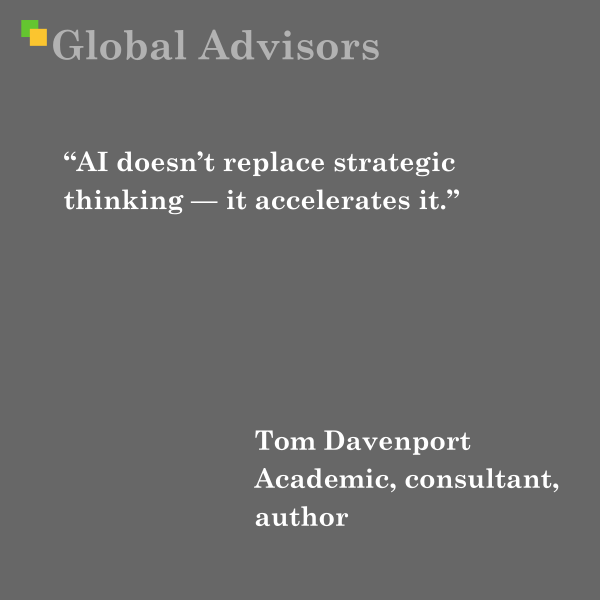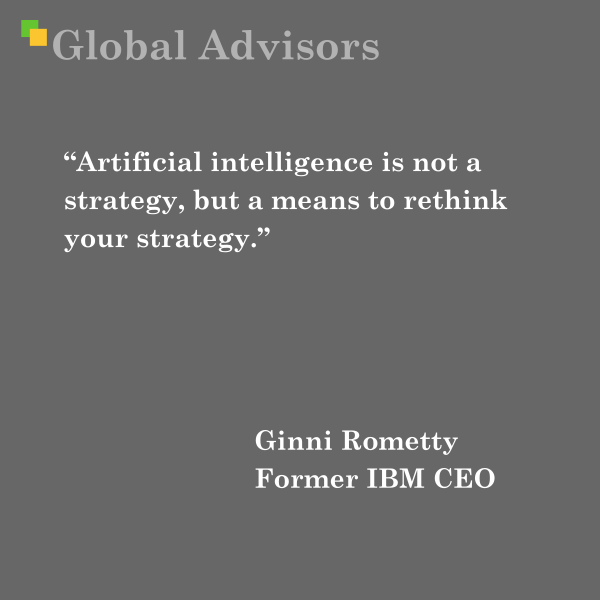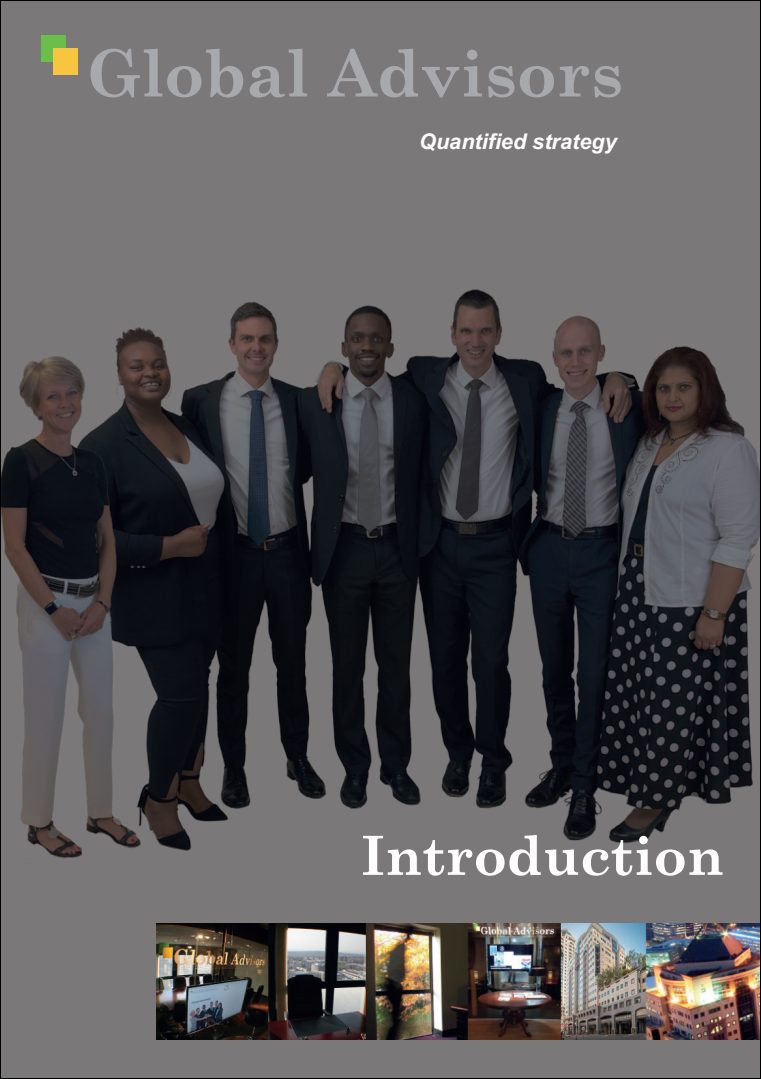“You have two choices in life when it comes to truthful observations by others that anger you: You can be ashamed and cover it up by letting your pride take you in the extreme opposite direction, in order to make the point that they are wrong. Or, you can break down the walls of pride by accepting vulnerability as a strength, not a weakness. As you walk through your vulnerability, you will meet humility on the way to courage. From here, courage allows us to let go of shame and rise higher into the person we are meant to be, not the person that needs to be right. This is the road to confidence and self worth.” – Shannon L. Alder – Author, therapist
Shannon L. Alder is an American inspirational author and therapist known for her practical wisdom and deeply empathetic approach to personal growth and relationships. Born in New Mexico in 1970, Alder has built a reputation as a widely quoted writer, with her insights appearing in over 300 books by other authors and extensive online publications. Her works include bestsellers like 300 Questions to Ask Your Parents Before It’s Too Late, 300 Questions LDS Couples Should Ask Before Marriage, and The Narcissistic Abuse Recovery Bible, among others.
Alder’s writing is renowned for its direct, nurturing style that invites readers to confront personal truths and seek healing without shame. She draws from her dual experience as a therapist—specializing in recovery from emotional and narcissistic abuse—and as someone who has herself faced and overcome adversity. This combination gives her a unique authority and compassion for the complexities of vulnerability, humility, and courage.
Alder is also known for her “Shannonisms”—aphoristic expressions and bite-sized reflections that circulate widely on social media and in motivational literature. Her focus on vulnerability as a strength, not a weakness, is a cornerstone of her message. She encourages readers to see the act of opening oneself to discomfort and critique as an entry point not to shame, but to authentic self-worth and confidence.
Context of the Quote
The featured quote is drawn from Alder’s exploration of how individuals respond to truthful, sometimes uncomfortable observations from others. She contrasts two paths:
- One is the instinct to react defensively, allowing pride to shield us by rejecting or countering criticism.
- The other is to dismantle pride and embrace vulnerability, which is not self-defeat but the groundwork for genuine humility.
Alder suggests that “as you walk through your vulnerability, you will meet humility on the way to courage.” In this philosophy, humility is not about humiliation but about openness to growth. With humility comes courage—the courage to release shame and become the person one is truly meant to be, rather than someone fixated on being right. The result is true confidence and self-worth, achieved through acceptance and transformation rather than avoidance or denial.
Leading Theorists and Intellectual Context
While Shannon L. Alder’s work is highly personal and practical, her ideas align with and echo several major theorists in psychology and personal development:
Alder’s insights are thus part of a rich tradition that challenges ingrained beliefs about strength, urging us to see openness, humility, and self-reflection as the true sources of personal growth and leadership.
Summary of the Insight
Shannon L. Alder invites us to reconsider our reflex to defend pride and instead walk courageously through vulnerability. The journey she describes is not merely personal but universal—one that has been explored by leading minds in psychology and embraced in modern thinking about what it means to live authentically and lead with empathy. Her words serve as both comfort and call to action: to value truth, abandon defensive pride, and step into the ever-rising cycle of humility, courage, and self-worth



